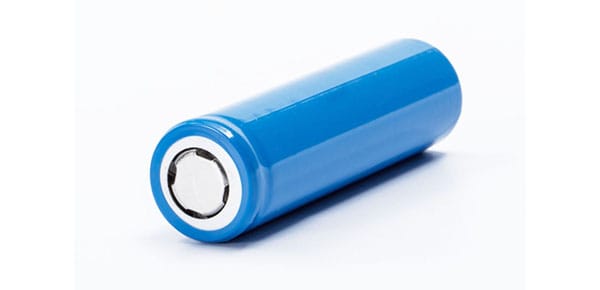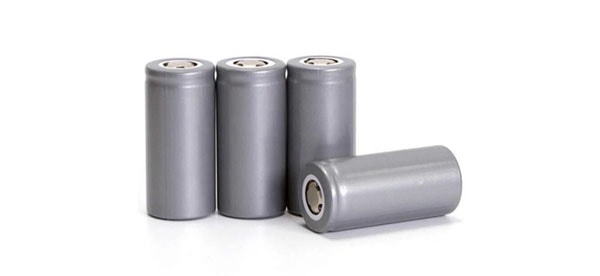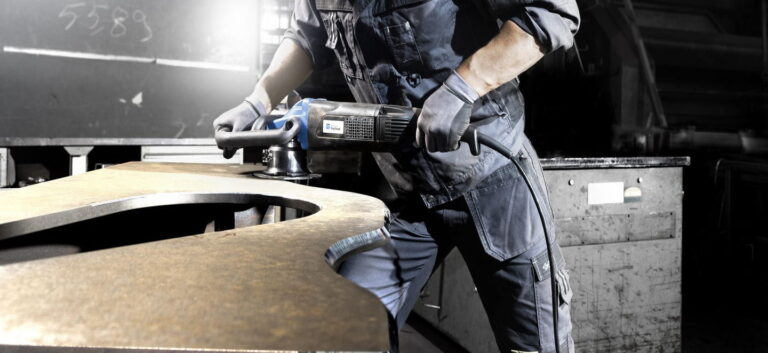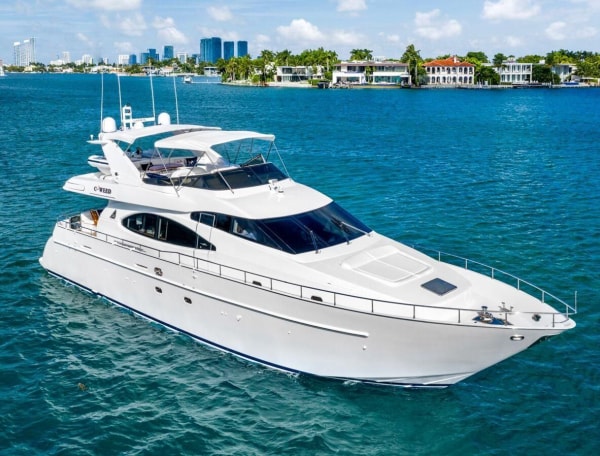Application
E-mobilities Our Batteries Serve
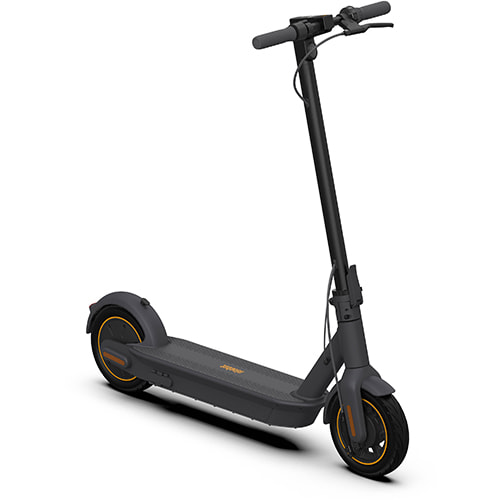
Electric Scooter
similar to traditional push scooters, but they’re powered by an electric motor. Some are capable of speeds up to 20 mph and typically have a range of around 15-20 miles, depending on the model and battery size.
Battery considerations: Balance between weight and energy density is important. Scooter batteries should be lightweight yet capable of providing a suitable range.
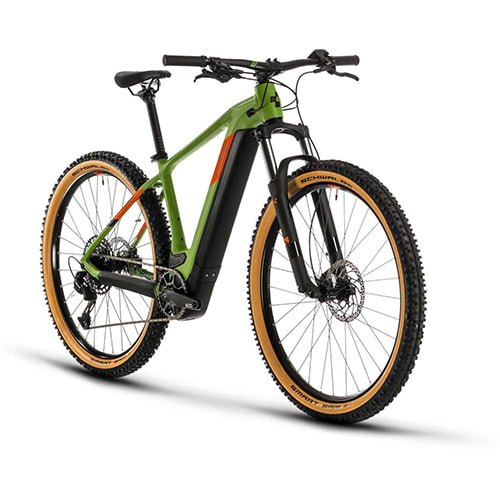
Electric Bicycles (E-bikes)
Various types exist from Pedelecs (Pedal Electric Cycle) to more powerful E-bikes which are closer to mopeds or motorcycles, but still retain the ability to be pedalled by the rider.
Battery considerations: Prioritize high energy density for longer range, lightweight for easier handling, and durability for frequent charging.
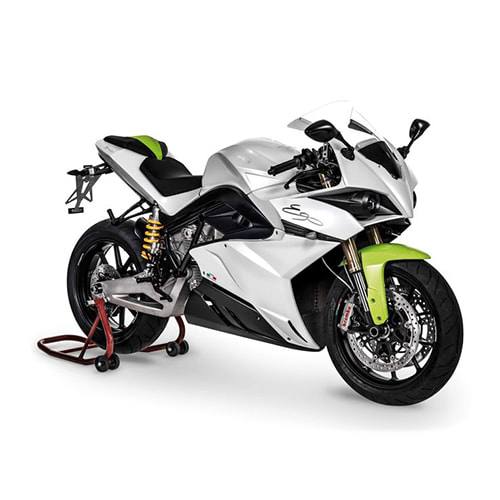
Electric Motorcycles
They have all the features of conventional motorcycles but use electric motors and battery packs instead of internal combustion engines.
Battery considerations: Prioritize high power output for quick acceleration and high speed, along with a high capacity for longer range.
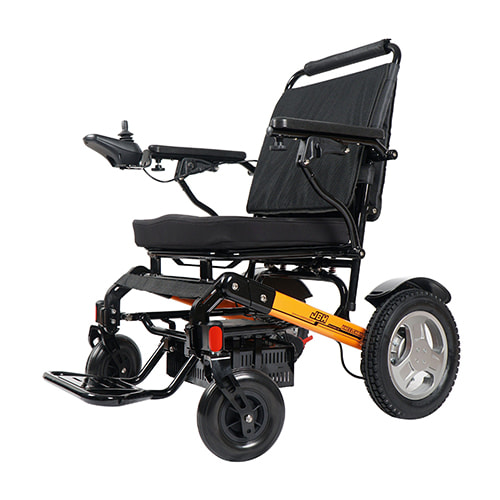
Electric Wheelchairs
Propelled by means of an electric motor rather than manual power. They are useful for those who cannot use a manual wheelchair or who need to travel long distances.
Battery considerations: Reliability is paramount. The battery should also be lightweight and compact, and capable of providing a suitable range.
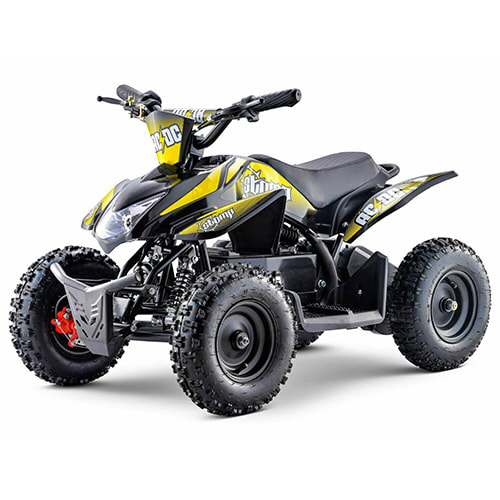
Electric Quad Bikes/ATVs
Electric quad bikes, or All-Terrain Vehicles (ATVs), are off-road vehicles powered by an electric motor. They typically have four large, low-pressure tires, with a seat for the operator that’s straddled by the operator, along with handlebars for steering control.
Battery considerations: High power output for rugged terrain, and durability to withstand the demanding nature of off-road use.
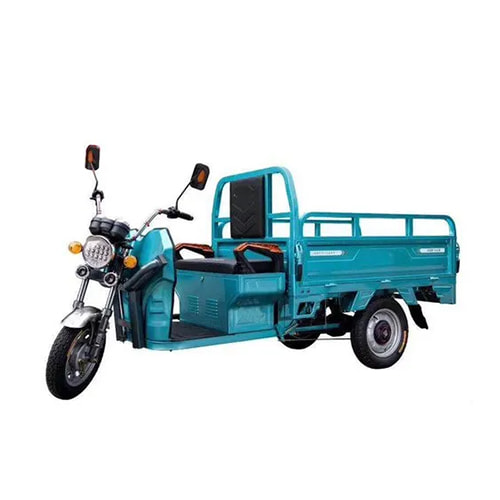
Electric Tricycles
Also known as e-trikes, these are three-wheeled vehicles that are powered by an electric motor. Like e-bikes, they usually have some sort of pedal support and can be used for a wide variety of applications, from personal mobility to cargo transportation.
Battery considerations: High energy density for increased range, and durability for commercial uses.
